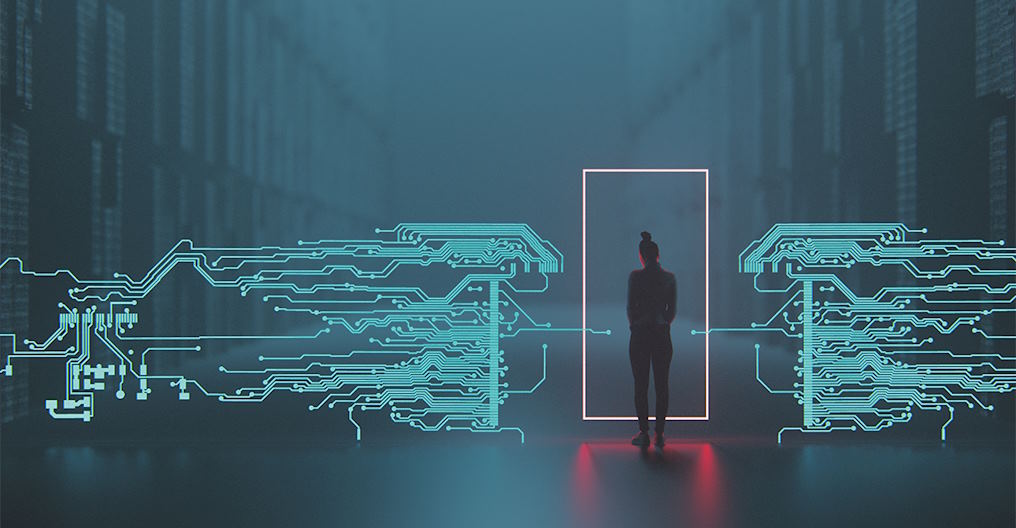The traditional landscape of work has transformed dramatically in recent times, with remote work becoming the new norm. As organizations embrace flexible work arrangements, the significance of maintaining robust cybersecurity practices in remote work environments has surged.
Securing Remote Work Devices
- Importance of Strong and Unique Passwords
In the digital age, passwords remain the first line of defense against cyber threats. Using strong, unique passwords for every account is crucial. Employing password managers and enabling multi-factor authentication (MFA) adds an extra layer of security to remote work devices.
- Regular Software Updates and Patches
Keeping operating systems and applications up-to-date is essential to address vulnerabilities that cybercriminals might exploit. Regular updates and patches ensure that security flaws are remedied, reducing the risk of breaches.
- Trusted Antivirus and Anti-Malware Software
Equipping remote work devices with reputable antivirus and anti-malware software shields against various online threats, including malware, ransomware, and spyware.
- Implementing Full-Disk Encryption
Full-disk encryption safeguards data in case a device falls into the wrong hands. By encrypting the entire storage drive, sensitive information remains protected even if the device is lost or stolen.
Safe Data Handling and Storage
- Importance of Data Encryption
Data encryption converts information into a code that only authorized parties can decipher. Utilizing encryption tools and protocols ensures that data remains confidential during transmission and storage.
- Cloud Storage Security
When leveraging cloud storage services, opt for reputable providers that offer end-to-end encryption. This guarantees that only you can access your data, regardless of where it is stored.
- Secure File Sharing Practices
Encrypted file sharing tools ensure that files shared among remote team members are protected from unauthorized access.

Network Security Measures
- Virtual Private Network (VPN) Usage
VPNs establish secure and encrypted connections, especially when using public Wi-Fi networks. Choose a reliable VPN service to ensure data privacy and protection.
- Securing Wi-Fi Networks
Strengthen the security of your home network by using strong passwords and setting up a separate guest network for visitors. These measures help prevent unauthorized access to your network.
- Firewall Implementation
Both hardware and software firewalls act as barriers against malicious network traffic, safeguarding devices from cyber threats.
Email and Communication Security
- Avoiding Phishing Attacks
Phishing attacks often start with deceptive emails. Train yourself to recognize suspicious emails and avoid clicking on unknown links or downloading attachments from unverified sources.
- Secure Email Providers
Consider using end-to-end encrypted email services that protect the content of your emails from interception and unauthorized access.
- Encrypted Messaging Apps
Utilize encrypted messaging apps like Signal or WhatsApp to ensure that your private conversations remain confidential.
Remote Work Policies and Training
- Establishing Clear Cybersecurity Policies
Organizations should define comprehensive cybersecurity policies that cover device usage guidelines, data handling protocols, and remote work security expectations.
- Employee Training and Awareness
Regular security workshops educate employees about identifying social engineering tactics and staying vigilant against evolving cyber threats.
- Backup and Disaster Recovery Plans

Regular Data Backups
Implement a robust backup strategy, including cloud-based and offline backups, to protect against data loss due to cyber incidents or technical failures.
- Testing Data Restoration Processes
Regularly test the process of restoring data from backups to ensure that the backup system is functional when needed.
- Creating a Disaster Recovery Plan
Develop a comprehensive disaster recovery plan that outlines steps to take in case of a cyber incident, ensuring a swift and organized response.
Monitoring and Incident Response
- Implementing Intrusion Detection Systems (IDS)
IDS continuously monitor network activities, alerting you to any suspicious or unauthorized behavior that might indicate a cyberattack.
- Continuous Monitoring of Network Activities
Regularly monitor network traffic and device logs to detect any abnormal activity that might indicate a breach.
- Incident Response Planning
Develop a well-defined incident response plan that covers identifying, containing, eradicating, and recovering from cyber threats effectively.